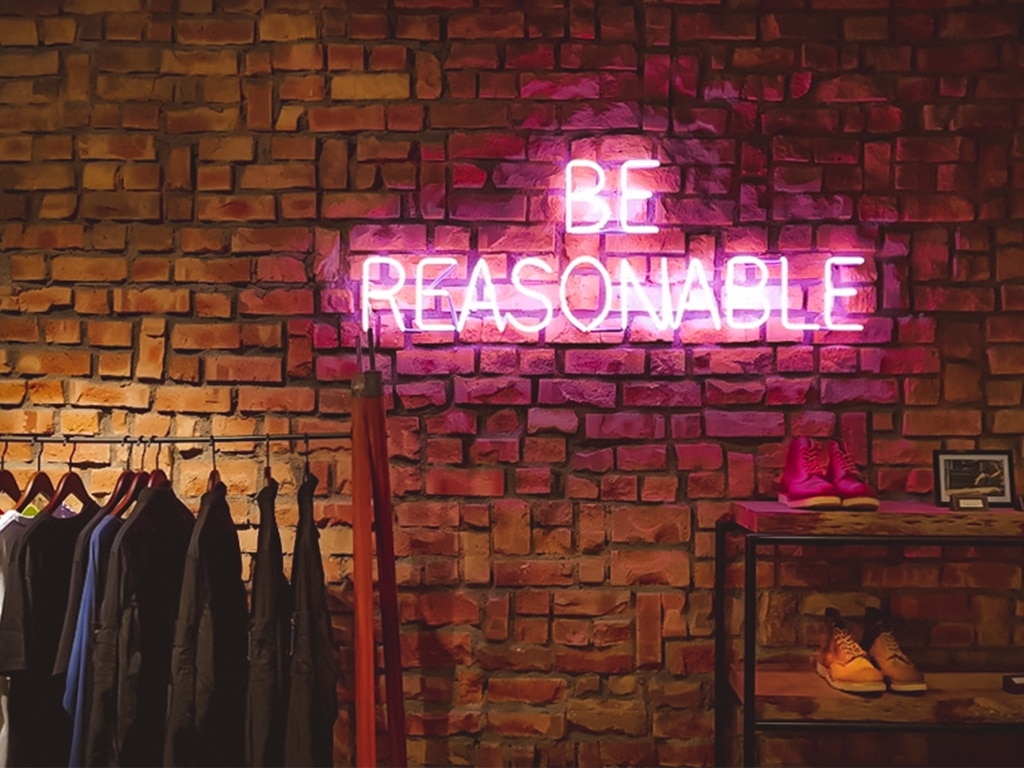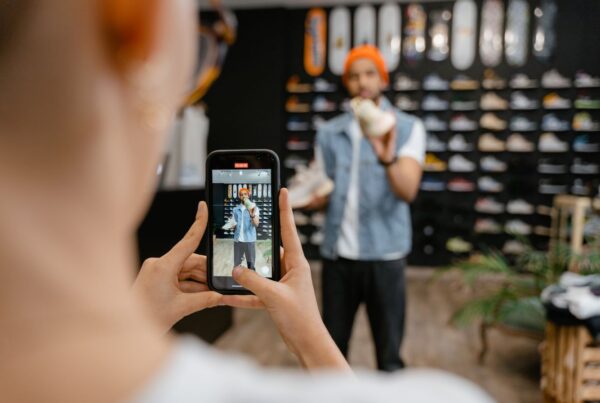A look back at the buying journey and loyalty strategies
Multichannel approaches have fizzled out. As smartphones are getting even smarter and users are looking for an always-on experience, e-commerce is turning increasingly mobile. Yet, this trend has far from buried the traditional brick-and-mortar shops. These entities are also undergoing a major transformation as they step into the era of digitization and switch to an omnichannel approach, with the goal of reconciling with other sales channels. These major trends have triggered the revamping of loyalty models, with a major focus set on customer experience.
The new consumer is omnichannel
Digitization has transformed buying patterns. In a country like France, 33% of consumers embark on their buying journey through a search on the Internet, and 79% of them make their purchase in a physical store. Traditionally, customers have been analyzed and segmented according to sales channels. Yet, this siloed approach is definitely outdated. Today, consumers have turned into “omniconsumers”: their buying process may start with an online click-and-collect and end up with a purchase at the point of sale, to pick up the purchased items. And along this path, there is also sometimes an email contact that entices consumers to visit and purchase in a store.
The methods of contact have diversified, and they each integrate into a virtuous circle that provides several gateways to consumers who, individually, have their own buying path. In fact, in the face of these new omnichannel behaviors, the retail industry needs to get back inside their box and do a rethink on how they need to address consumers whose expectations have changed: 80% of French people say their digital experience has made them more demanding with regards to brands, and these are invited to deploy a “single-channel” communication strategy touting user experience. This is a prerequisite for retailers looking to build up customer loyalty with the aim to nurture it over the long run.
Customer experience, the key to loyalty
Loyalty is no longer the fruit of marketing campaigns, but the outcome of an attractive buying path and user experience. To achieve end-to-end visibility across their spectrum of customers, retailers must be on-track for digitization, and do away with traditional siloed marketing. Henceforth, customer profiles should no longer be segmented according to sales channels (webstore vs. in-store). On the contrary, online and offline business should be correlated in order to better understand customers, refine their profiles, and address them through tailor-made, effective offerings.
Data, therefore, stands as a key driver for customer loyalty. By screening behaviors at the point of sale, and by aggregating online customer data (behavior, history, number of visits to the webstore, rate of conversions, product sections visited, etc.), retailers can encourage loyalty and turn customers into advocates and brand ambassadors willing to share their positive experience.
Le 4, the new concept store from the Casino Group in Paris, shows that smart phygital can be a powerful weapon for retailers willing to attract customers. The success of a phygital strategy relies on two Key Success Factors: one is the capacity to deliver offerings that are personalized through data analytics; and the other is to offer innovative concepts to boost brand attractiveness in a market where competition has never been so stiff. The battle is just starting…








